Sejong City, the nation’s administrative hub built some 150 kilometers south of Seoul, marks its first anniversary on Monday, amid growing concerns about administrative inefficiency, insufficient infrastructure and a lack of budget to further develop the town.
The city has been a symbol of the nation’s efforts toward more balanced regional development.
Spanning more than 465 square kilometers of land, Sejong is about 70 percent the size of Seoul. The city was planned to house a total of 36 central government offices, including nine ministries and 16 state-run organizations, moving from Seoul and Gwacheon, Gyeonggi Province. But questions have lingered over whether it can actually become a self-sustainable town and achieve its goal of balanced regional development.
A majority of government officials who moved to the city say they have been suffering due to a great deal of administrative inefficiency for the last 12 months.
“We have to travel to Seoul at least twice a week for meetings with other ministries and agencies located in Seoul and most importantly to meet lawmakers at the National Assembly,” said an official who declined to be named.
The city has been a symbol of the nation’s efforts toward more balanced regional development.
Spanning more than 465 square kilometers of land, Sejong is about 70 percent the size of Seoul. The city was planned to house a total of 36 central government offices, including nine ministries and 16 state-run organizations, moving from Seoul and Gwacheon, Gyeonggi Province. But questions have lingered over whether it can actually become a self-sustainable town and achieve its goal of balanced regional development.
A majority of government officials who moved to the city say they have been suffering due to a great deal of administrative inefficiency for the last 12 months.
“We have to travel to Seoul at least twice a week for meetings with other ministries and agencies located in Seoul and most importantly to meet lawmakers at the National Assembly,” said an official who declined to be named.
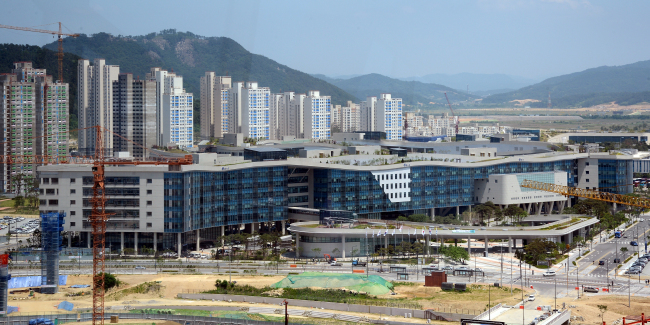
The nation’s key offices including the Prime Minister’s Office and the Ministry of Finance already moved into the city late last year. The city is currently erecting the second part of its government complex to accommodate other heavyweight ministries such as the Ministry of Welfare and Health, Ministry of Employment and Labor and Ministry of Education.
More than 10,000 government officials are expected to move into the city, once relocation is complete.
Insufficient infrastructure has also been an inconvenience, officials said. “We have to walk 30 minutes to buy snacks at convenience stores or to go to restaurants,” the official said, adding that he didn’t bring his family to town due to the lack of schools, medical facilities and other social conveniences they had enjoyed in Seoul.
According to a survey conducted by Rep. Lee Sang-il of the ruling Saenuri Party, over 90 percent of government officials who moved to Sejong said they frequently travel to Seoul whenever they have matters to discuss with the parliament or related government ministries.
Residents are likely to suffer more inconveniences as the government has cut the planned budget for the city. Previously, the government planned to invest about 842.4 billion won ($737.1 million) next year to facilitate more infrastructure in Sejong but cut the budget by 17 percent, saying it needs to secure funds for a series of welfare projects next year.
The government so far invested a total of 22.5 trillion won to build Sejong City.
The relocation of government offices followed by massive development projects has brought a few positive changes to the region.
According to the Multifunctional Administrative City Construction Agency, the population of Sejong City, formerly a rural region called Yeongi County, grew from 100,900 in July last year to 116,800. The population increase has also attracted businesses and created new market places.
The city has a total of 632 small and big companies operating businesses in the region. The number of commercial buildings has also surged from 10 to 270, MACCA said. MACCA is a special government unit established to oversee the planning and construction of the city.
With businesses and taxpayers moving into the new city, the local government is enjoying a rapid increase in tax revenues. The city government’s annual budget doubled to 671.5 billion won from 335.1 billion won. The city now holds much more administrative autonomy as its fiscal independence from the central government has grown.
The idea of creating Sejong City was first proposed by late President Roh Moo-hyun in 2002 as part of efforts to relieve the overcrowding of Seoul by moving the country’s capital to the central provinces of Chungcheong. But his plan faced a major setback when the Constitutional Court ruled in 2004 that Seoul must remain the capital. Following the court’s decision, the Roh government revised the plan to make it a new administrative city.
Former President Lee Myung-bak tried to scale down the original plan, proposing a new vision for Sejong as an industrial, science and education hub. But the National Assembly voted down his proposal in June 2010.
By Cho Chung-un (christory@heraldcorp.com)
-
Articles by Korea Herald


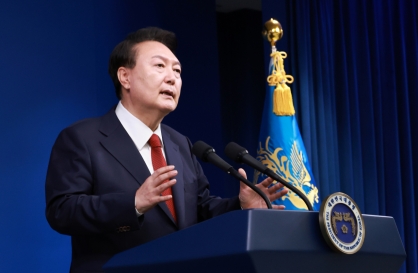


![[K-pop’s dilemma] Can K-pop break free from ‘fandom’ model?](http://res.heraldm.com/phpwas/restmb_idxmake.php?idx=644&simg=/content/image/2024/05/09/20240509050541_0.jpg&u=20240509173751)
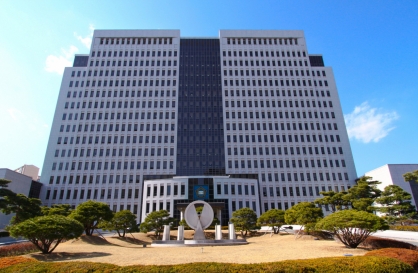



![[News Analysis] Yoon's first 2 years marked by intense confrontations, lack of leadership](http://res.heraldm.com/phpwas/restmb_idxmake.php?idx=644&simg=/content/image/2024/05/09/20240509050612_0.jpg&u=20240509233252)
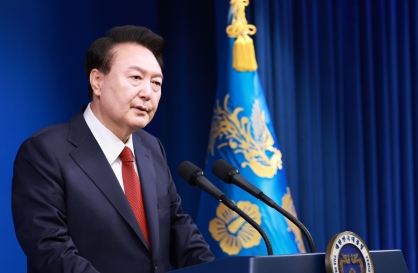



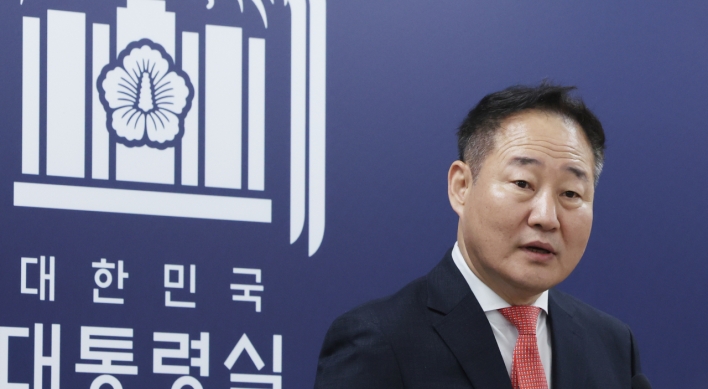
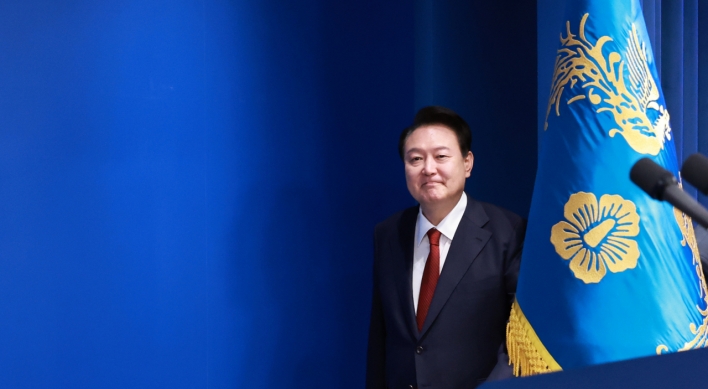

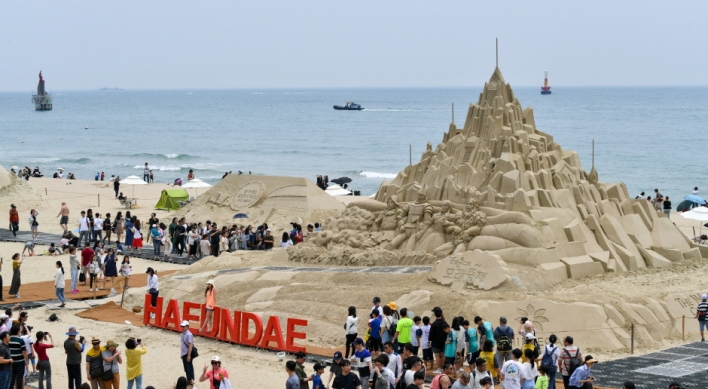
![[Today’s K-pop] NCT’s Mark to drop 1st solo album in February 2025](http://res.heraldm.com/phpwas/restmb_idxmake.php?idx=642&simg=/content/image/2024/05/10/20240510050597_0.jpg&u=)